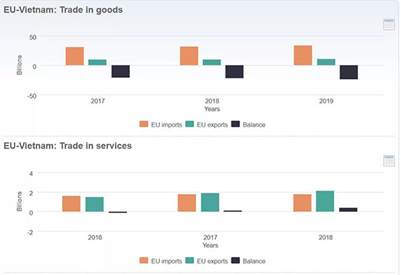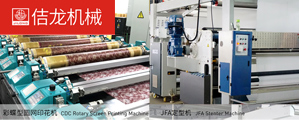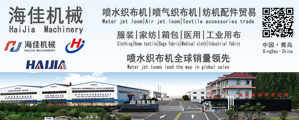What is the impact on China of “Vietnam - EU Free Trade Agreement”?
Jun 24, 2020 | by zhaoxh
On June 8, the National Assembly of Vietnam approved the “Vietnam - EU Free Trade Agreement” with a voting support rate of 94.62% and decided to adopt all the contents of the agreement.
1. This agreement can contribute 2% - 2.5% to Vietnam’s GDP growth
This agreement will take effect as soon as July and August this year. The most core content of this free trade agreement can be summarized in the following sentence: Vietnam and the 27 member states of the EU share tariff preferences with each other. The EU immediately cancels Vietnam import tax by about 85.6%, and Vietnam cancels EU import tax by 48.5%. Both parties cancel 99% of the goods tariff within 10 years.

It is estimated that the immediate reduction of tariffs accounts for 70.3% of Vietnam’s exports to the EU. According to statistics, in 2019, Vietnam’s exports to the EU are USD 42 billion, which means that about USD 30 billion of them will be exempt from import duties. After the “Vietnam - EU Free Trade Agreement” comes into effect, it can contribute 2% - 2.5% to Vietnam’s GDP growth and increase the wages of employees by 5%.
2. Double impact on China
According to statistics, currently, the main commodities exported by Vietnam to the EU are telecommunications equipment, clothing, footwear and agricultural products. Vietnam’s imports from the EU are mainly electrical equipment, aircraft, automobiles and medical products.
According to customs data, at present, China’s export commodities are mainly mechanical and electrical products and labor-intensive products, of which mechanical and electrical products account for nearly 60%.
In 2019, my country’s exports of mechanical and electrical products were 10.06 trillion yuan, of which, electrical and electronic products exported 4.63 trillion yuan; mechanical equipment was 2.87 trillion yuan. The export of seven major categories of labor-intensive products such as textiles and apparel was 3.31 trillion yuan, an increase of 6.1%. In the EU market, Chinese products, especially labor-intensive products such as textiles and apparel, face competition from Vietnamese products. In turn, in the Vietnamese market, China’s mechanical and electrical products may face competition from EU products.








